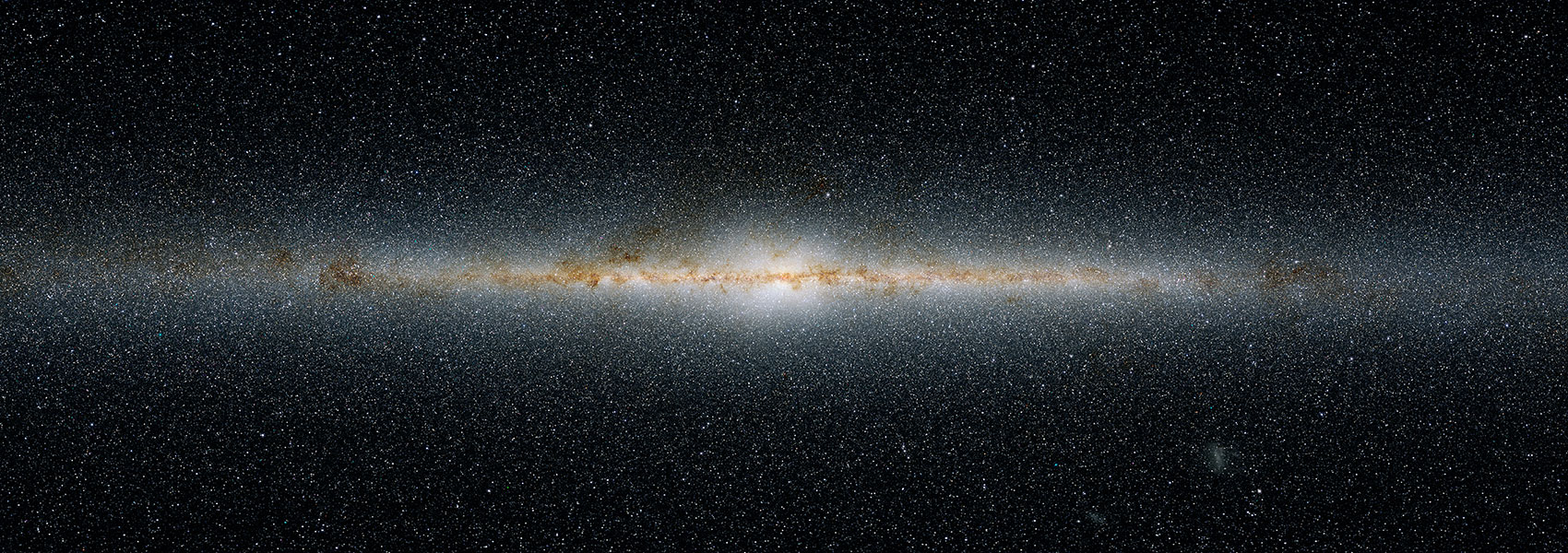April
2016
•
2016A&A...588A.128F
Authors
•
Figuera Jaimes, R.
•
Bramich, D. M.
•
Skottfelt, J.
•
Kains, N.
•
Jørgensen, U. G.
•
Horne, K.
•
Dominik, M.
•
Alsubai, K. A.
•
Bozza, V.
•
Calchi Novati, S.
•
Ciceri, S.
•
D'Ago, G.
•
Galianni, P.
•
Gu, S. -H.
•
Harpsøe, K. B. W.
•
Haugbølle, T.
•
Hinse, T. C.
•
Hundertmark, M.
•
Juncher, D.
•
Korhonen, H.
•
Mancini, L.
•
Popovas, A.
•
Rabus, M.
•
Rahvar, S.
•
Scarpetta, G.
•
Schmidt, R. W.
•
Snodgrass, C.
•
Southworth, J.
•
Starkey, D.
•
Street, R. A.
•
Surdej, J.
•
Wang, X. -B.
•
Wertz, O.
Abstract
•
Aims: We aim to obtain time-series photometry of the very crowded central regions of Galactic globular clusters; to obtain better angular resolution thanhas been previously achieved with conventional CCDs on ground-based telescopes; and to complete, or improve, the census of the variable star population in those stellar systems.
Methods: Images were taken using the Danish 1.54-m Telescope at the ESO observatory at La Silla in Chile. The telescope was equipped with an electron-multiplying CCD, and the short-exposure-time images obtained (ten images per second) were stacked using the shift-and-add technique to produce the normal-exposure-time images (minutes). Photometry was performed via difference image analysis. Automatic detection of variable stars in the field was attempted.
Results: The light curves of 12 541 stars in the cores of ten globular clusters were statistically analysed to automatically extract the variable stars. We obtained light curves for 31 previously known variable stars (3 long-period irregular, 2 semi-regular, 20 RR Lyrae, 1 SX Phoenicis, 3 cataclysmic variables, 1 W Ursae Majoris-type and 1 unclassified) and we discovered 30 new variables (16 long-period irregular, 7 semi-regular, 4 RR Lyrae, 1 SX Phoenicis and 2 unclassified). Fluxes and photometric measurements for these stars are available in electronic form through the Strasbourg astronomical Data Center.
Based on data collected by the MiNDSTEp team with the Danish 1.54m telescope at ESO's La Silla observatory in Chile.Full Table 1 is only available at CDS via anonymous ftp to
http://cdsarc.u-strasbg.fr (ftp://130.79.128.5) or via
http://cdsarc.u-strasbg.fr/viz-bin/qcat?J/A+A/588/A128
Links




